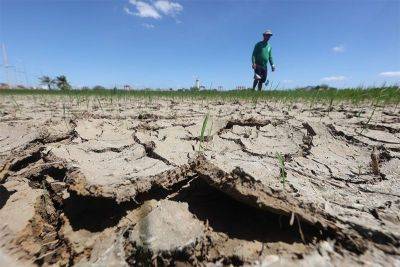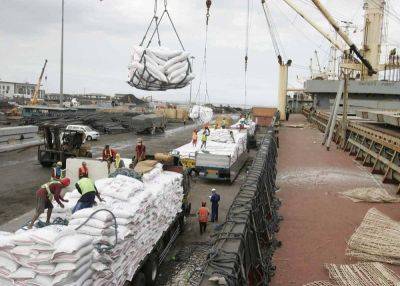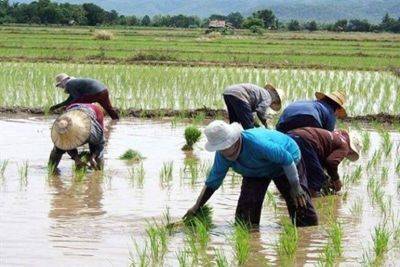2024 rice imports hit 570,000 MT
MANILA, Philippines — The country’s rice imports have reached almost 570,000 metric tons as of mid-February, surpassing the total imported volume in the first two months of last year by over 40 percent.
Latest Bureau of Plant Industry (BPI) data showed that rice imports as of Feb. 16 hit 569,286 MT, about 44.28 percent higher than the 394,553 MT combined volume imported in January and February of last year.
BPI data showed that more than half of the rice imports or about 327,418.09 MT came from Vietnam, followed by Thailand at 154,234.38 MT and Pakistan at 60,638.3 MT.
Other rice suppliers to the Philippines during the reference period were Myanmar, Cambodia, Japan, India and Italy.
In terms of import arrival, Bly Agri Venture Trading led the 92 rice importers with a total import volume of 262,284 MT as of Feb. 16, followed by Orison Free Enterprise Inc. at 241,711.88 MT and Davao Solar Best Corp. at 223,808 MT, based on BPI data.
The increase in rice imports could have been caused by traders and importers hedging that global rice prices could still rise in the coming months, Raul Montemayor of Federation of Free Farmers said.
“Importers could be anticipating even higher prices in the coming months, so they are importing now despite the elevated prices,” Montemayor told The STAR.
Rowena Sadicon, founder and lead convenor of Philippine Rice Industry Stakeholders Movement, said the higher volume imported by the industry is “largely a preemptive strategy” against the anticipated adverse impact of El Niño on domestic rice production.
Sadicon explained that January and February are ideal months to bring in imports since these are considered “off-peak” months for domestic rice harvest, thus will not impact prices of paddy significantly.
“With the global market price of rice currently on a downward trend – contrasting last year’s peak prices influenced by India’s export ban – importing has become more economically favorable,” Sadicon told The STAR.
“The uptick in import volume signals a positive outlook for the country’s preparedness to face El Niño’s challenges. It indicates that there is an adequate supply of rice in the market, both imported and locally sourced, to







